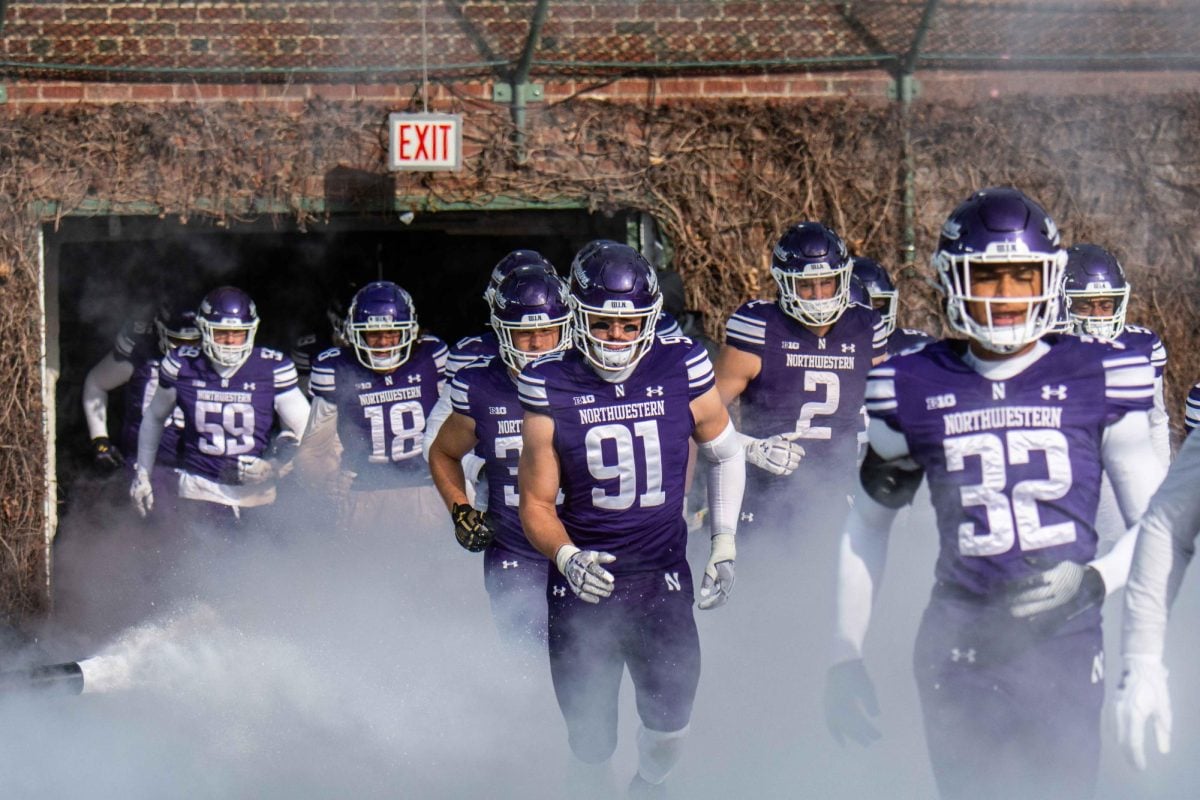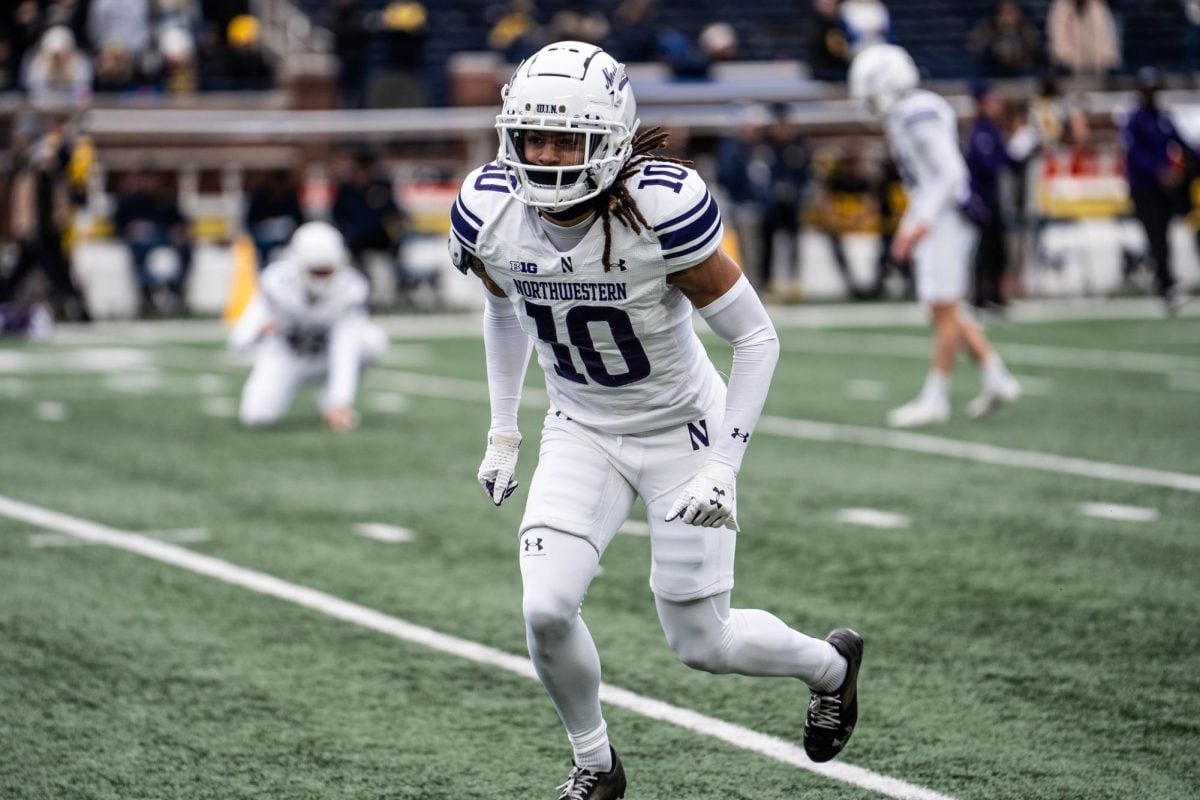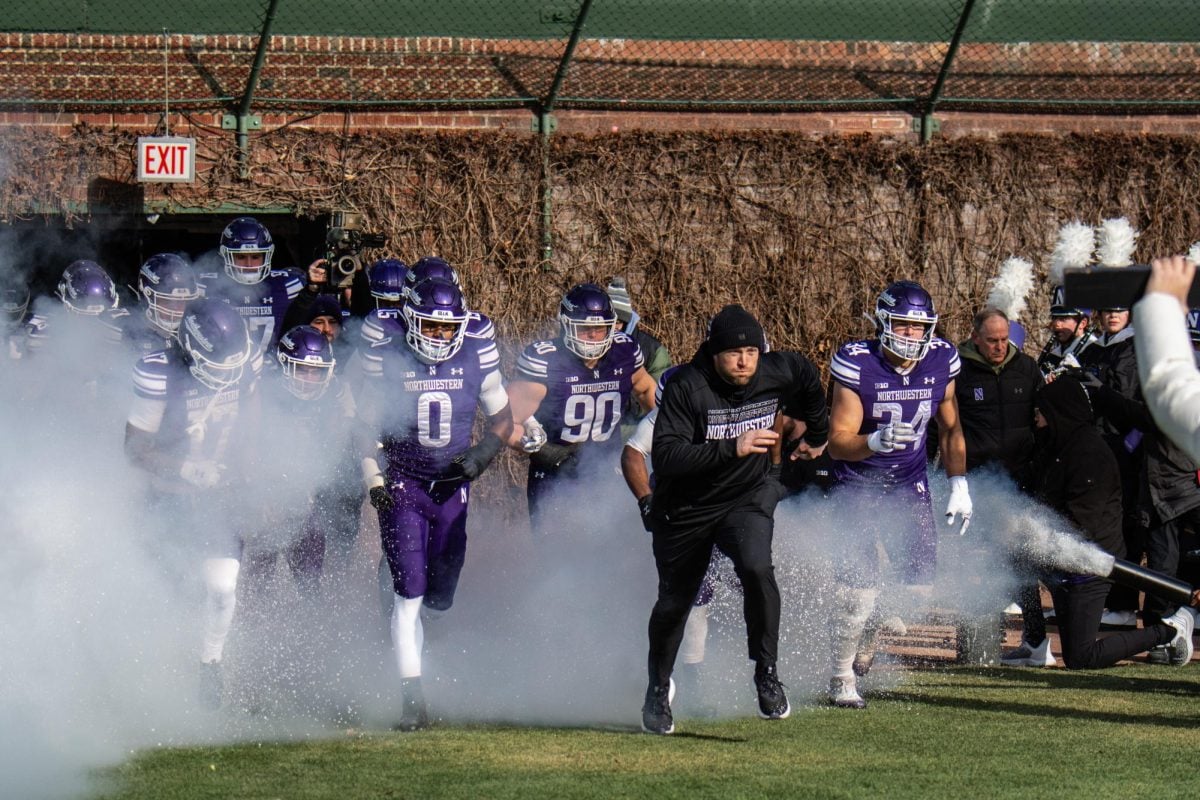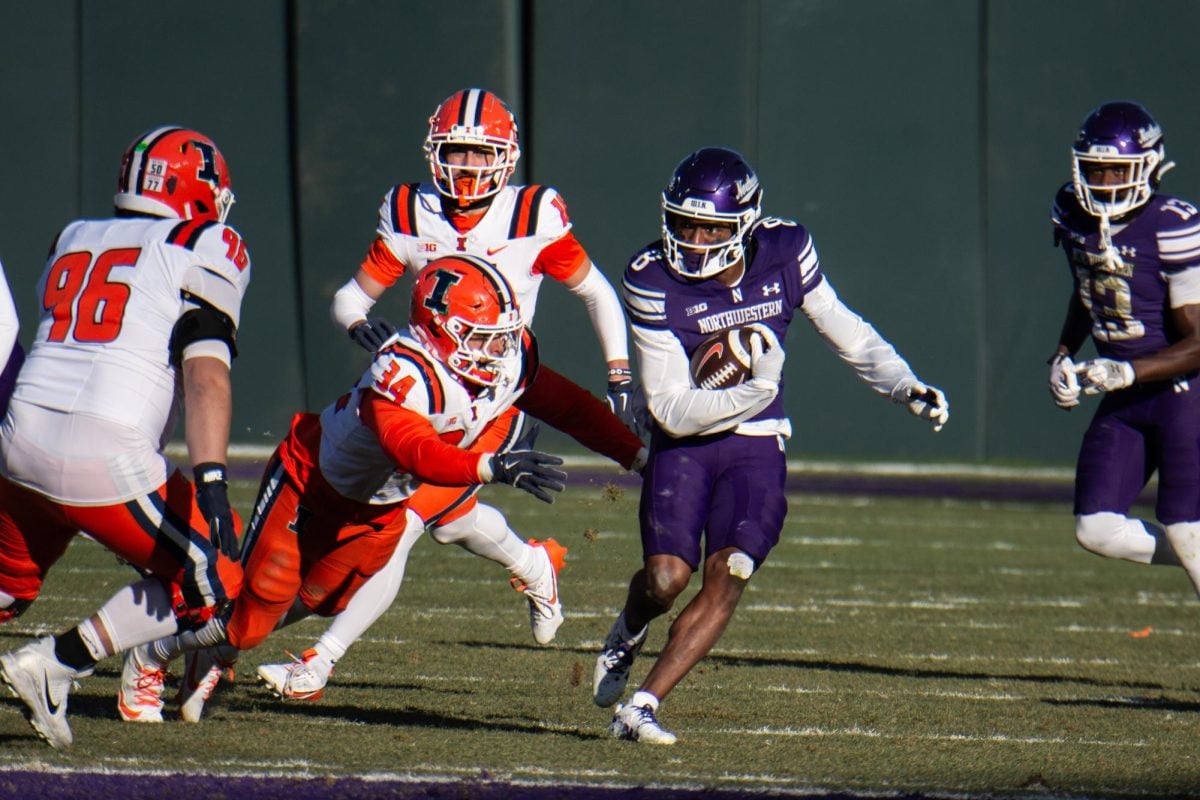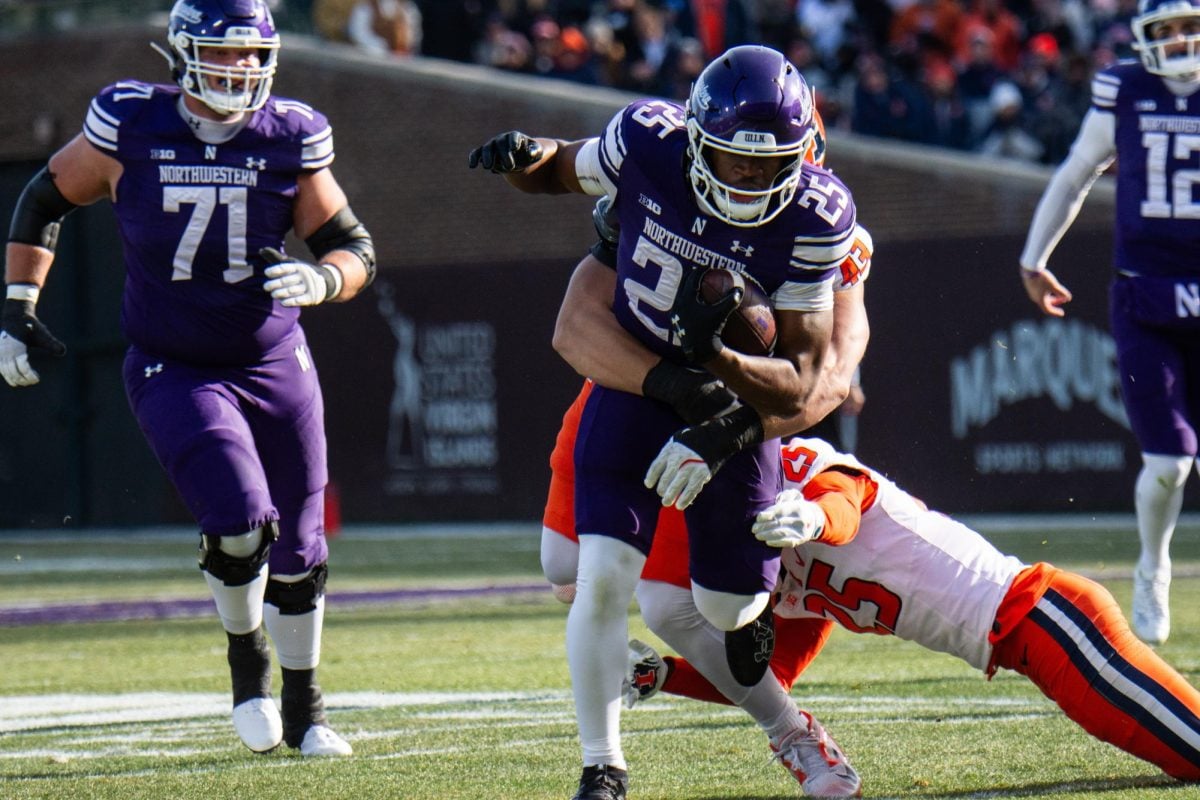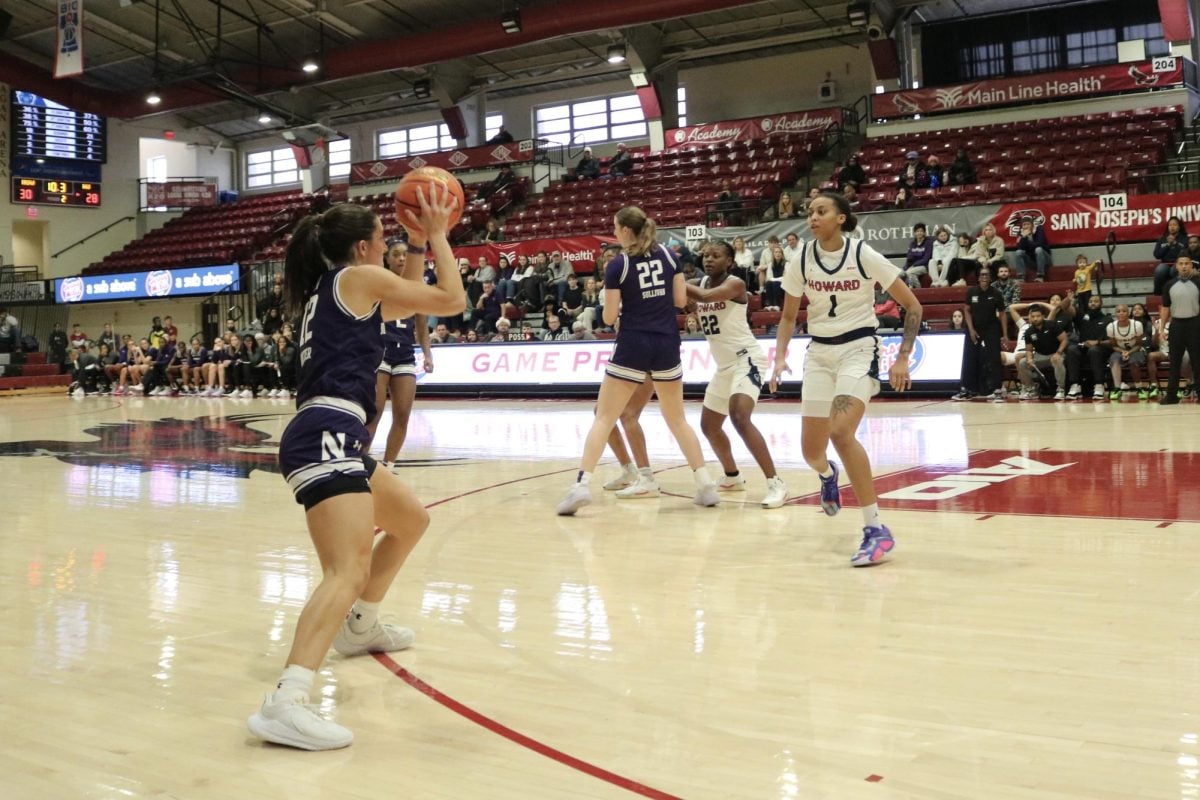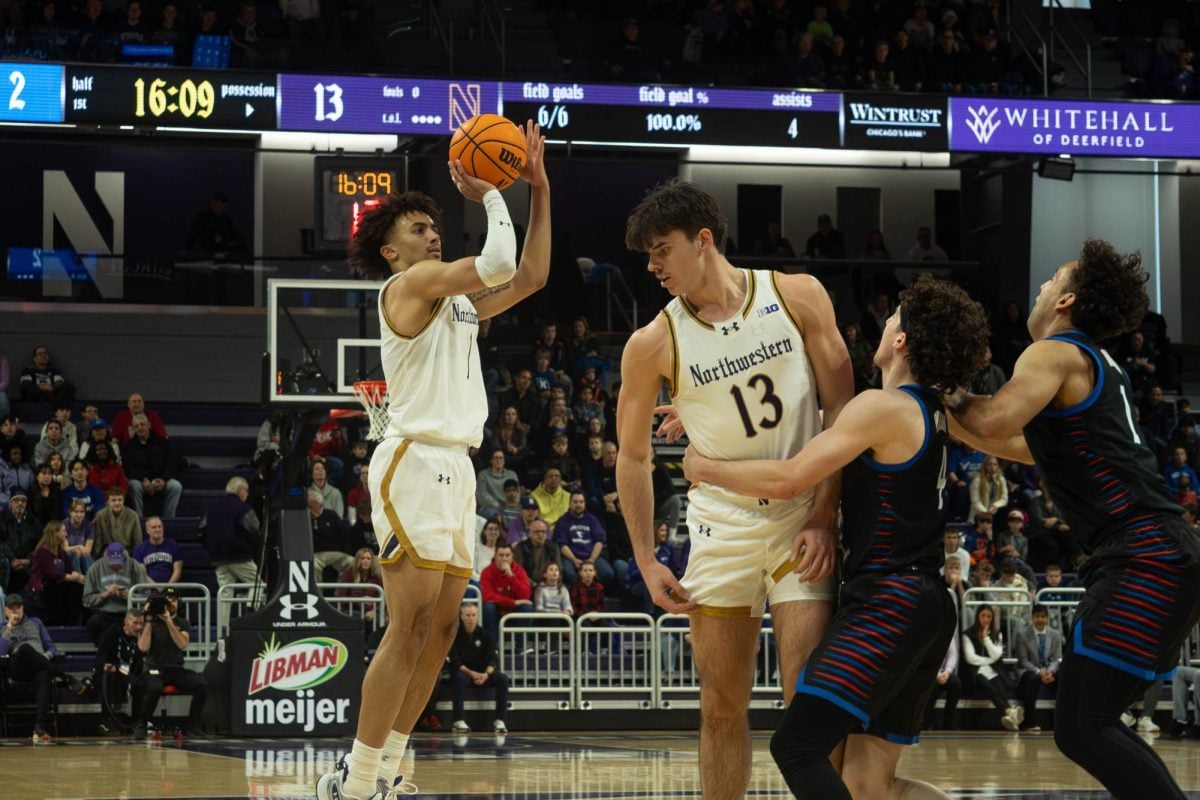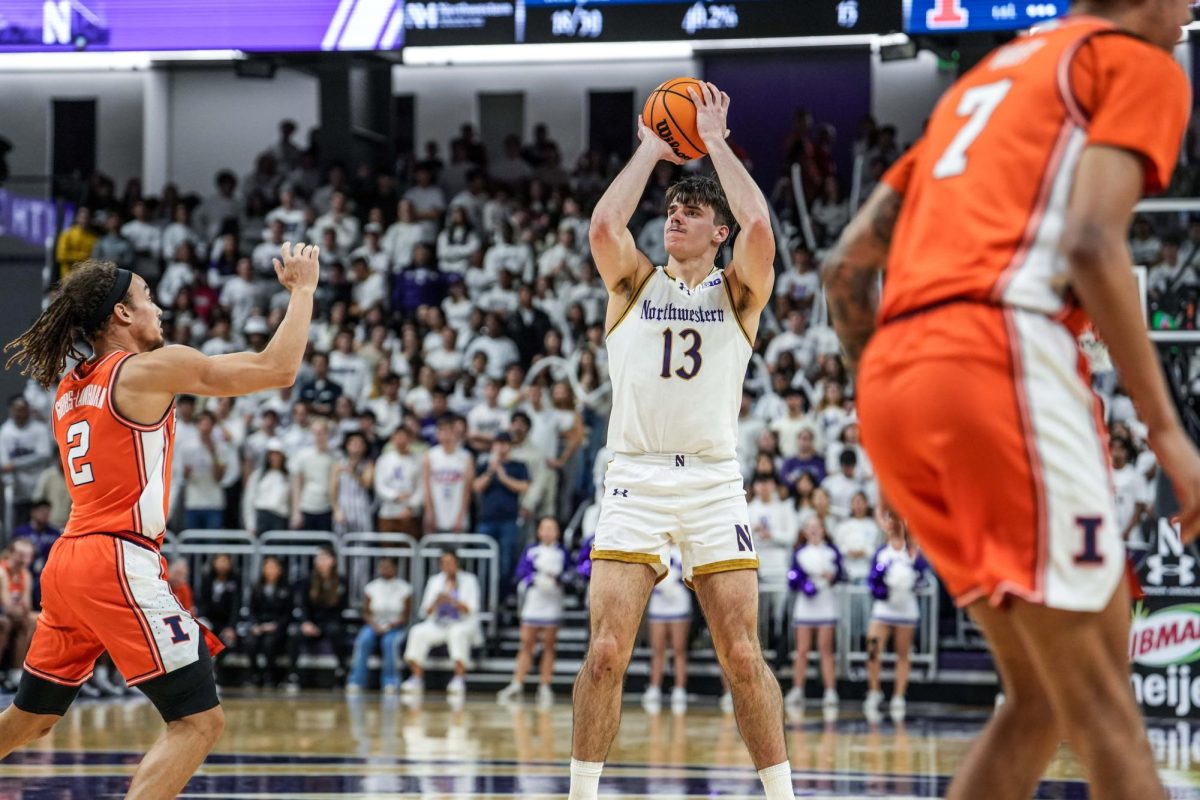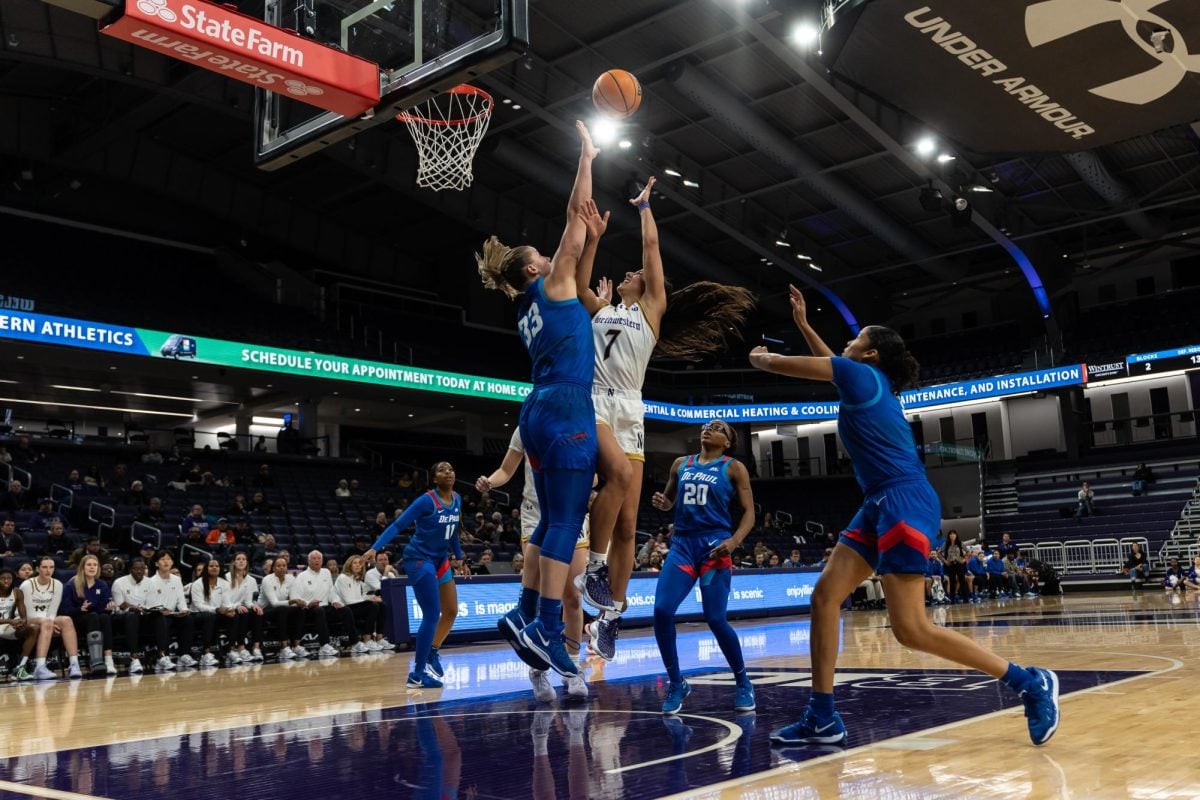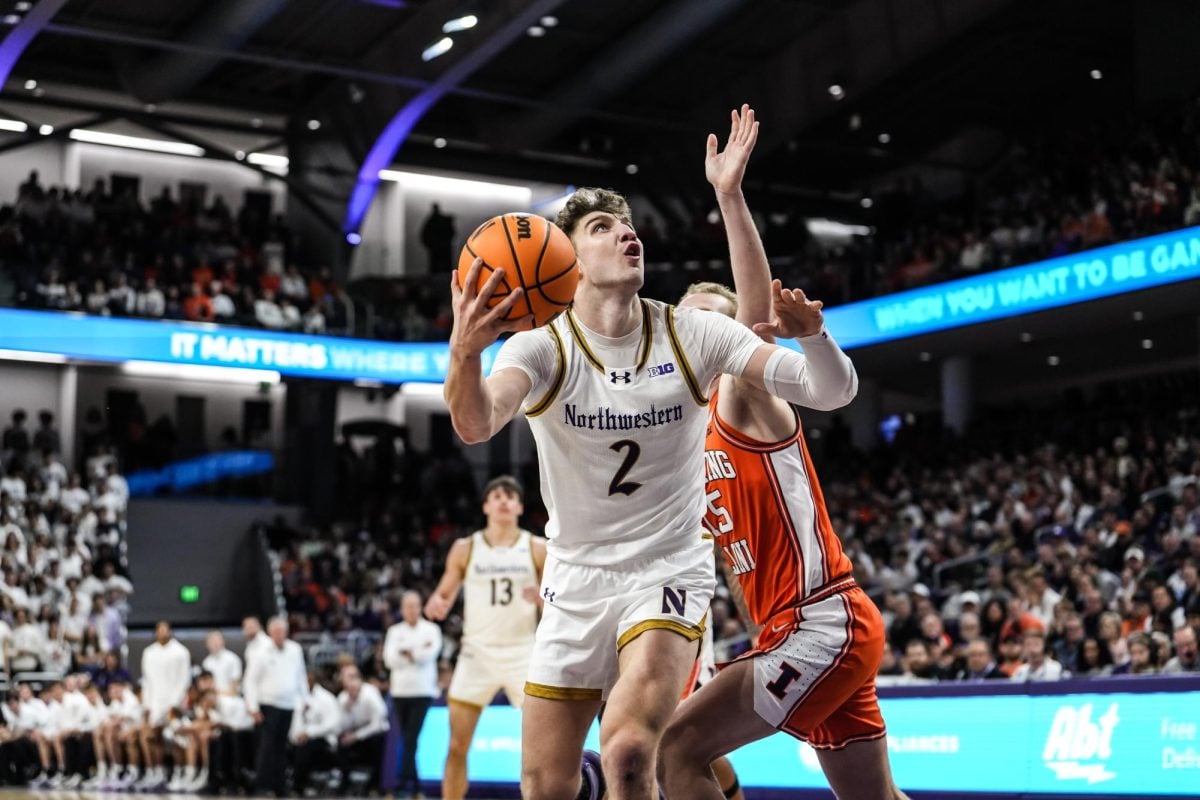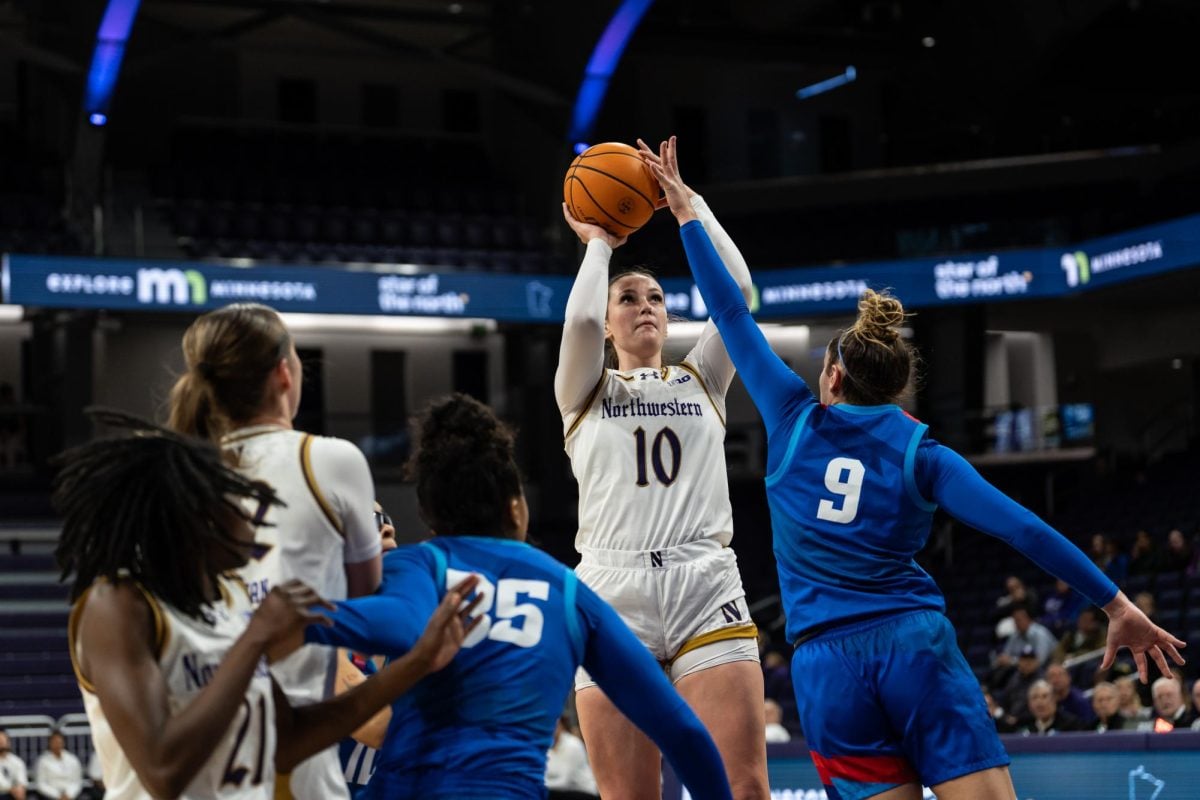In 1993, something changed in the Big Ten.
After meeting head-to-head for 56 years from 1936 to 1992 and developing one of the most storied rivalries in college football, Wisconsin and Iowa did not square off. The two mighty Midwestern powerhouses’ streak came to an abrupt end.
That same year, the Big Ten became eleven. With the addition of Penn State, the conference revised its scheduling system – rather than each team playing every Big Ten opponent, administrators decided teams would play eight in-conference opponents. Accordingly, teams needed to rotate in and out of each others’ schedules.
Recognizing the importance of rivalries in the conference, the league made one stipulation for future seasons: Each school got to choose two schools it would play every year, schools it considered rivals. This was an opportunity for the schools to protect their most sacred games.
“There’s a lot of historical rivalries in the Big Ten,” Minnesota wide receiver Eric Decker said at Big Ten Media Day in July. “They set a foundation for the competitive drive within the conference.”
But in a conference chock full of rivalry games, it was hard for teams to come to terms with their rivals. Michigan chose Ohio State and Michigan State. Iowa chose Minnesota and Wisconsin. Northwestern chose Illinois and…Purdue. Though not exactly enemies, the Wildcats and Boilermakers had a history dating back to 1895. More importantly, neither had a second true Big Ten rival.
Since then, various pseudo-rivalries have emerged – Northwestern-Iowa for example – while some of the original matchups have lost significance. But for coach Pat Fitzgerald, the word ‘rivalry’ can be dangerous.
“Every game in the Big Ten is a rivalry game,” Fitzgerald said. “They’re so close. Everyone is so competitive and evenly matched.”THE GAME
Ironically, the Big Ten’s most famous rivalry does not award a trophy. But with a combined 18 national titles, 10 Heisman Trophy winners and 75 Big Ten titles between them, Michigan and Ohio State would be hard-pressed to find room for more hardware.
Some believe the rivalry has its roots in the Toledo War, a short and bloodless border dispute between the state of Ohio and the territory of Michigan almost two centuries ago.
Regardless of how the rivalry began, it has grown into one of the fiercest in all of college football. From Bo Schembechler and Woody Hayes to Charles Woodson and Eddie George, some of the most legendary coaches and players in the game’s history have taken part in the battle.
Last year, rookie Wolverines coach Rich Rodriguez experienced the tradition for the first time. Even though Michigan was on the wrong side of a 42-7 score, it was game he won’t soon forget.
“The intensity was what you thought it was,” Rodriguez said. “It’s the greatest rivalry in sports. Coming in on the bus, people were pretty colorful. We saw a few old ladies hold up some hand signals while we were driving in, but I had seen that before. That was kind of fun.”
A Michigan native, NU junior wide receiver Sidney Stewart grew up on the Ohio State-Michigan rivalry. Stewart’s brother, Charles, played for the Wolverines from 2004 to 2008.
“Everybody around my family loved Michigan,” Stewart said. “Michigan-Ohio State was a big deal around my house, especially later in my high school career when my brother was going there. I never got a chance to go to a game, but there was always a pretty big buzz.”
The rivalry was always popular, but it exploded in 1969 when Schembechler’s Wolverines beat the undefeated, top-ranked Buckeyes in Ann Arbor, Mich. One of those teams claimed the conference crown every year for the next decade, starting The Ten Year War. The two also shared the Big Ten title six times during that span.
NO MORE SWEET SIOUX
The Big Ten’s interstate rivalries are widely celebrated, but the three intrastate rivalry games take rivalry to a new level. These battles pit former friends and high school teammates against each other.
Illinois’ newest version of its rivalry kicks off Saturday, as NU and Illinois take part in the inaugural Land of Lincoln Trophy game. For the combined 84 Illinois natives in the matchup, the contest sparks distinct emotions.
“I grew up in an Illinois dominant household,” said sophomore defensive end Kevin Watt, who hails from Glen Ellyn, Ill. “I grew up watching these two teams compete, and it’s great to finally be a part of that.”
The first trophy in this storied rivalry debuted in 1941. The prize was a 100-year-old bell taken from a fire station in Oshkosh, Wis., but it didn’t take long for the teams to scrap it in favor of a more relevant trophy.
Beginning in 1945, the teams fought for a carved wooden Indian, the Sweet Sioux Statue. After the Cats claimed the Indian in 1946, it was stolen from a display case at NU. The next year it was replaced with the Sweet Sioux Tomahawk Trophy, which was retired last year.
But the rivalry pre-dates the trophy. The teams first met in 1892, when they played to a 16-16 tie. Since then, the Cats have squared off against the Illini more than any other opponent. Illinois leads the all time series 52-45-5 , but NU has had Illinois’ number recently, winning five of the last six matchups.
“This is a huge rivalry for us and always has been,” Fitzgerald said. “Going back to when I was a student-athlete, you could always throw the records out for this game.”
Fitzgerald participated in two of the more memorable battles between the in-state rivals in 1995 and 1996. The Cats won both contests on last-minute interceptions.
“I remember in 1995 Illinois had a week to prepare for us, and they completely changed their offense,” Fitzgerald said. “They went into a Power-I. They hadn’t run that all year, so we had to adjust on the sideline.”
To add to the rivalry, the game has been the last conference contest for both teams every year since 1998, so postseason dreams rest in the balance.
But the schedule changes this year, and NU plays its home finale against Wisconsin next Saturday.
“It’s always a fun game to play at the end of the year,” Illinois defensive end Doug Pilcher said. “It’s definitely not going to change the fact that we’re still playing for the trophy and the bragging rights.”LOCHER GIVES LINCOLN NEW LIFE
The date change isn’t the rivalry’s only new wrinkle. The game has a new prize, too: the Land of Lincoln Trophy. The moniker was decided by an online fan poll – the trophy was designed by Pulitzer Prize-winning cartoonist Dick Locher, an avid bronze caster.
“To be included in this project is mind-boggling,” said Locher, who resides in Naperville, Ill. “It’s one of the most fun bronze casts I’ve ever done.”
Weighing 28.5 pounds, the trophy features a bronze model of Abraham Lincoln’s top hat sitting on a slab of wood. Locher got the dimensions for the trophy from the hat Lincoln wore during the Gettysburg Address. After Locher finished the clay model, the hat was bronzed at a temperature of 2,100 degrees at a foundry in Beloit, Wis.
“It’s a tradition that’s going to be new for everyone,” Fitzgerald said. “I’m fired up. Everyone knows what President Lincoln stands for. If you think about what he changed in this country forever, it has a lot of meaning not only for both of our teams, but in a historical sense.”
Though the hardware has changed, the rivalry still remains strong.
“The only thing that’s different is the name,” senior defensive end Corey Wootton said.
“It’s the same type of rivalry that we’ve been going for way before I was born. It’s a huge game for both teams.”[email protected]
